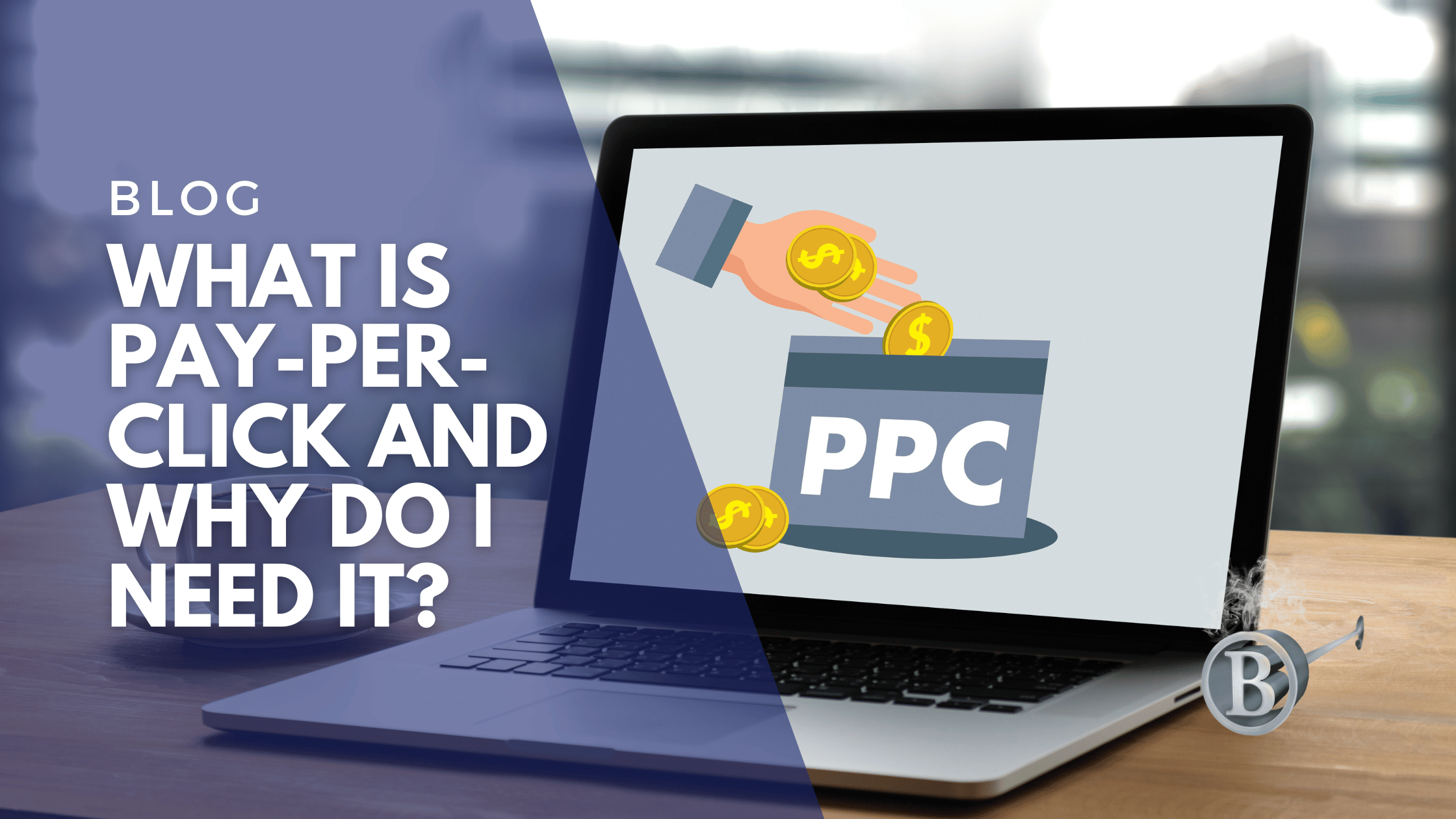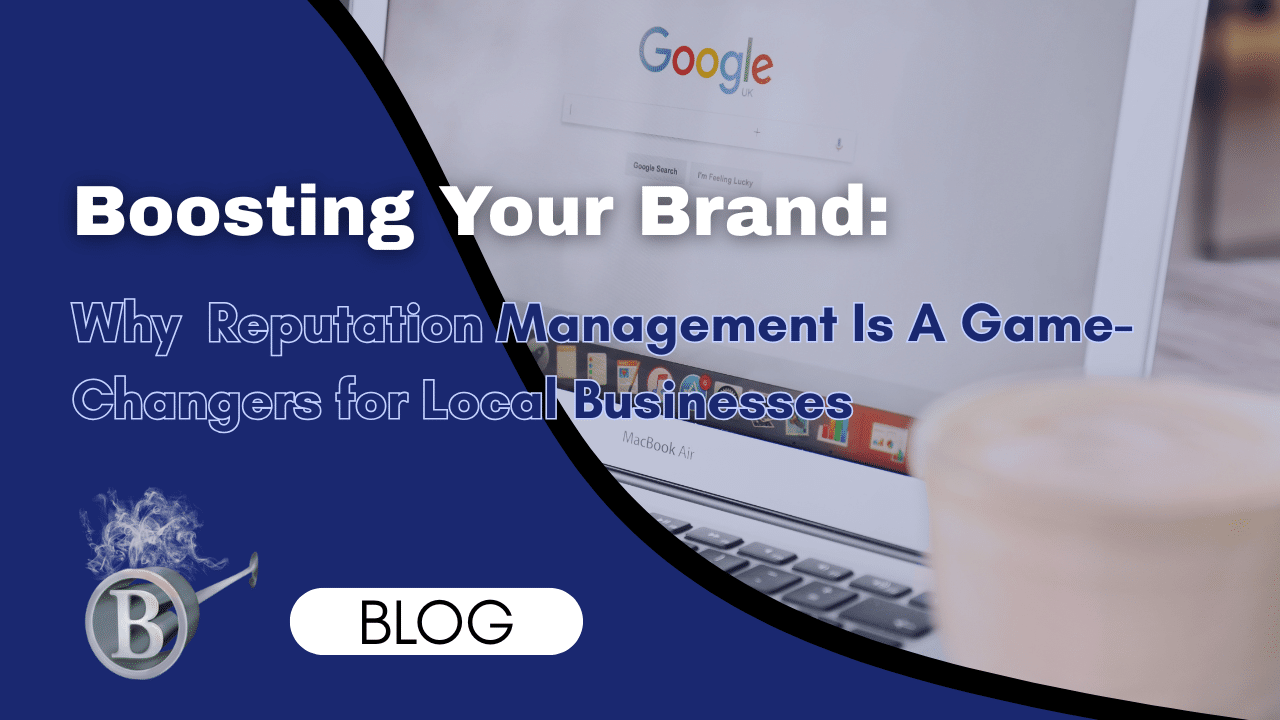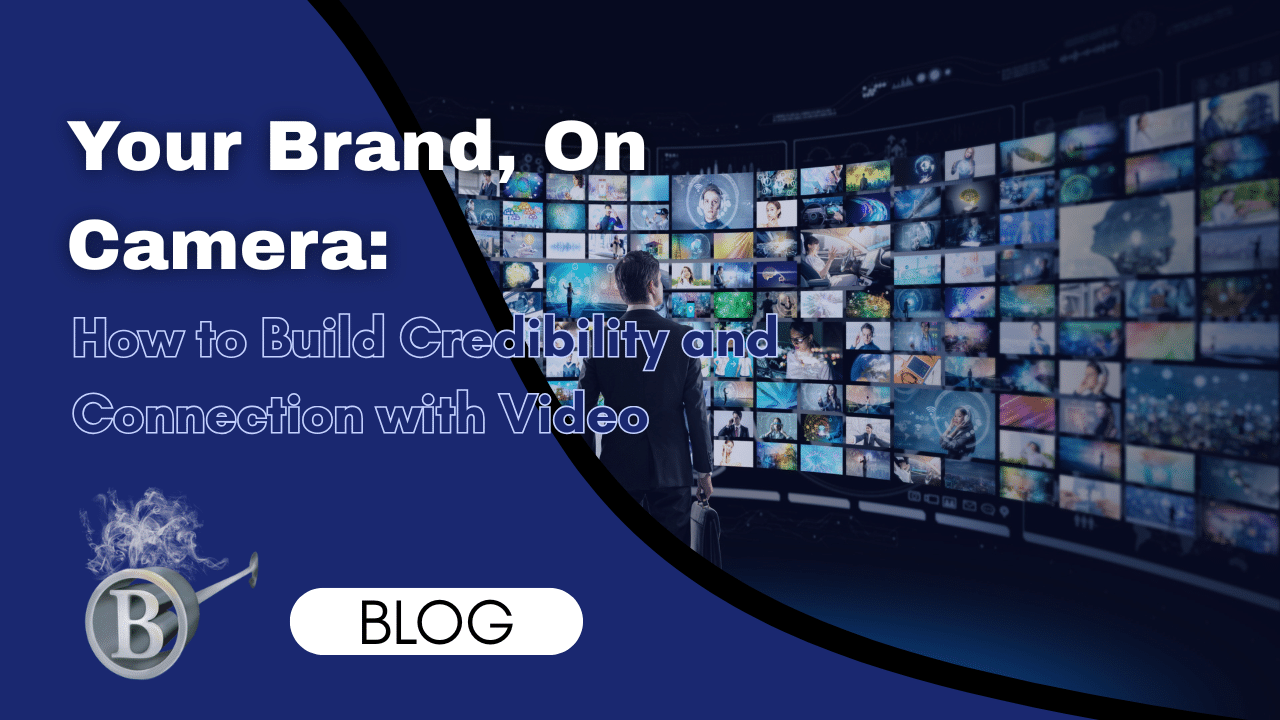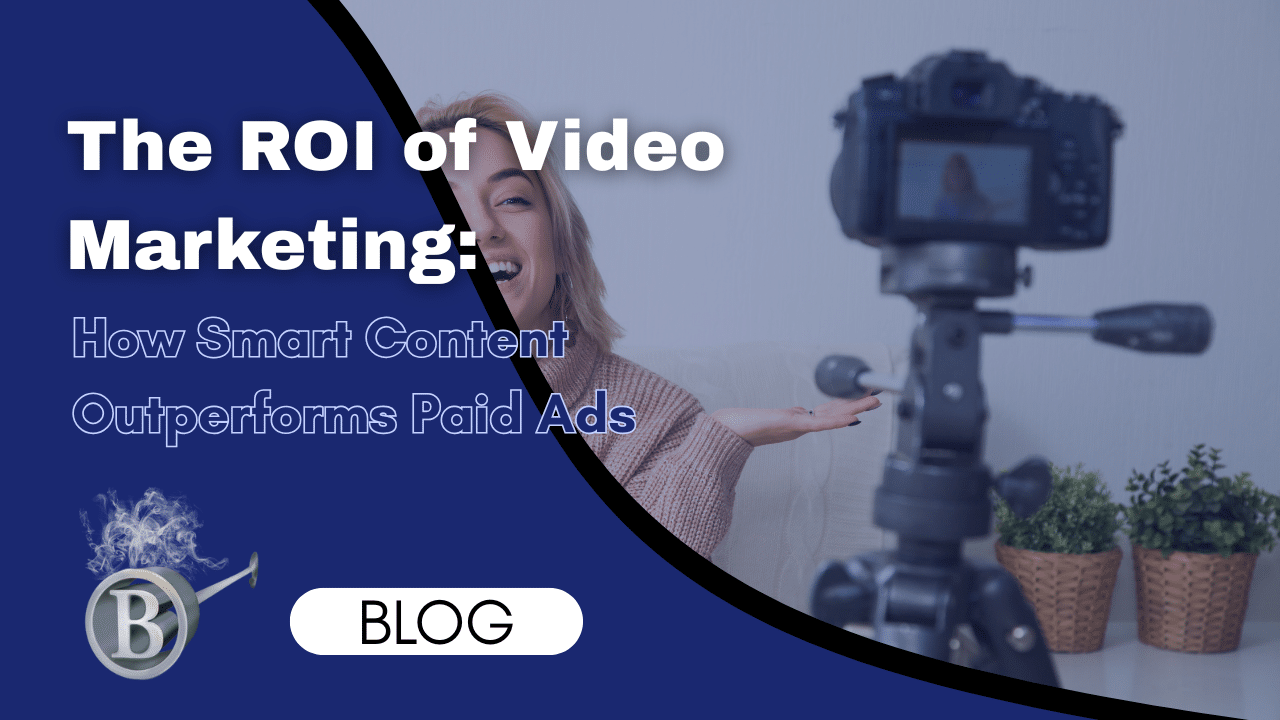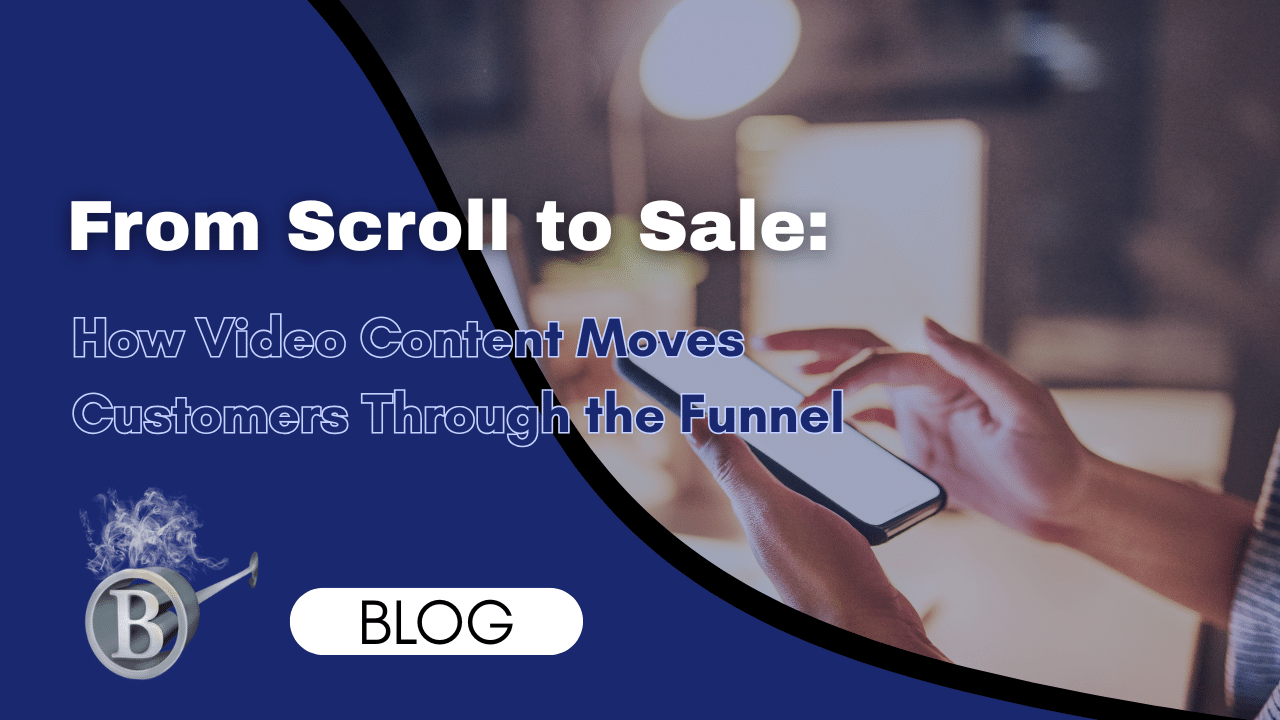The Internet advertising model known as pay-per-click (PPC) or cost-per-click (CPC) is utilized to direct traffic to websites. In this approach, advertisers compensate publishers (often website owners or networks of websites) based on the number of clicks their ads receive.
Pay-per-click is commonly associated with first-tier search engines (such as Google AdWords and Bing Ads). With search engines, advertisers typically bid on keyword phrases relevant to their target market. In contrast, content sites commonly charge a fixed price per click rather than use a bidding system.
Pay-per-click, as a pricing model, can be used in a variety of contexts, such as when a company hires an advertising network to run its ad campaign. The economic theory behind pay-per-click is that advertisers are willing to pay more per click for advertising that is likely to result in a conversion, such as a sale.
1. What is Pay-Per-Click?
Pay-Per-Click, or PPC, is an advertising model in which businesses can generate leads and sales by paying a publisher (typically a website) when their ad is clicked. PPC advertising is a popular and effective way to generate leads and sales for businesses of all sizes and is particularly well-suited to businesses that are selling products or services online.
When a business runs a PPC ad campaign, they will bid on certain keywords that they would like their ad to show up for. When someone searches for those keywords, the business’s ad may appear on the search results page. If the searcher clicks on the ad, the business will then pay the publisher (the website) a certain amount for that click. The amount that businesses pay for each click is determined by several factors, including how competitive the keywords are and how much the business is willing to bid.
PPC can be an effective way to generate leads and sales because it allows businesses to target their ads to people who are already interested in what they are selling. PPC is also a very measurable form of advertising, which means that businesses can track how many leads and sales they are generating from their PPC campaigns. If you’re thinking of running a PPC campaign for your business, or if you’re already running one and want to improve your results, there are a few things you need to know. In this article, we’ll give you an overview of the basics of PPC advertising.
2. What are the benefits of Pay-Per-Click?
When you hear the term “pay-per-click” (PPC), you might think of it as a way to make money from ads. And while that’s true, there’s a lot more to PPC than just making a quick buck. Pay-per-click can be an extremely effective way to grow your business, if it’s done right. Here are just a few of the benefits of pay-per-click marketing:
PPC is a great way to reach new customers.
With PPC, you can target your ads to people who are searching for the product or service that you offer. That means that you’re reaching people who are already interested in what you have to offer. And since they’re already interested, they’re more likely to convert into customers.
PPC is a great way to reach new customers, but it’s also a great way to reach new markets.
If you’re selling a product or service that’s only available in a limited area, you might not think that PPC is a good option for you. But with PPC, you can target your ads to people who are searching for your product or service from anywhere in the world. That means that you can reach new markets and expand your business.
PPC is a great way to test new products or services.
If you’re thinking about introducing a new product or service, but you’re not sure if there’s a market for it, PPC is a great way to test it out. You can create an ad for a new product or service and see how many people click on it. If there’s a lot of interest, then you know that there’s a market for it. And if there’s not a lot of interest, then you can save yourself the time and money of introducing a new product or service that no one wants.
PPC is a great way to build brand awareness.
Even if people don’t click on your ad, they’re still seeing your brand name and your message. And the more people see your brand, the more likely they are to remember it when they’re looking for a product or service that you offer.
PPC is a great way to get people to your website.
If you’re running a website, then you know that traffic is essential. And with PPC, you can get people to your website quickly and easily. Just create an ad and include a link to your website. When people click on the ad, they’ll be taken directly to your website.
PPC is a great way to increase sales.
If you’re looking to increase sales, then PPC is a great option for you. With P.

3. What are the different types of Pay-Per-Click?
There are text, display, and video ads that can be used in Pay-Per-Click (PPC). PPC is effective because it allows you to target a specific audience with laser precision and you only pay when someone clicks on your ad. The three main types of Pay-Per-Click are text, display, and video.
Text ads are the simplest and most common type of PPC ad. They are typically small and consist of only a few words. The key to creating effective text ads is to use relevant keywords that will trigger your ad when someone is searching for those terms.
Display ads are slightly more complex than text ads, but they can be just as effective. Display ads are usually images or short videos. They can be used to promote a product or service, or to simply drive traffic to a website. Like text ads, the key to creating effective display ads is to target them to a specific audience.
Video ads are the most complex and most expensive type of PPC ad. They are usually long, high-quality videos that are used to promote a product or service. Video ads are usually only used by large companies with a lot of money to spend on advertising.
4. What are the different types of bidding?

The four main types of bidding are:
1. Cost-per-click (CPC)
This is the most common type of bidding, where you pay a certain amount for each click on your ad. CPC bidding is suitable for most businesses, as it allows you to control your budget and only pay when someone is actually interested enough to click on your ad.
2. Cost-per-mile (CPM)
With CPM bidding, you pay a certain amount for every 1,000 impressions your ad receives. This type of bidding can be useful if you want to create brand awareness or reach a large audience, but it can be more expensive as you are paying for ad views even if people don’t click on your ad.
3. Cost-per-action (CPA)
With CPA bidding, you only pay when someone takes a specific action, such as filling out a form or making a purchase. This can be a more efficient way to spend your budget, as you know that each person who takes that action is a potential customer. However, it can be more challenging to track and measure since you are not paying for clicks.
4. Cost-per-acquisition (CPA)
CPA bidding is similar to CPA, but you pay for each acquisition, which is a customer who takes a specific action, such as making a purchase. This type of bidding can be more expensive, but it can be more efficient since you are only paying for customers who are actually interested in your product or service.

5. What are the ad formats available?
There are several different ad formats available for Pay-Per-Click advertising. The most common, and arguably most effective, are text ads. As the name suggests, these are simply ads made up of text, usually containing a headline, a brief description, and a link to the advertiser’s website.
Text ads are usually relatively simple and straightforward, which can be an advantage as users are more likely to engage with an ad that is easy to understand. However, this also means that text ads can be less attention-grabbing than some of the other options.
Image ads are another popular option. These can be effective in catching users’ attention and can be used to communicate more complex messages than text ads. However, image ads can also be more expensive to create and may be less effective on smaller screens, such as mobile devices.
Video ads are another option, and can be an effective way to grab attention and communicate a message. However, they can be expensive to create and may require additional hardware, such as a video player, to view.
Finally, animation can be used in ads to add interest and grab attention. However, like video ads, they can be expensive to create and may require additional hardware to view.
6. What are the targeting options available?
Targeting options available for Pay-Per-Click advertising include location, language, and devices. Additionally, targeting options can be based on the time of day or day of week that the ad is shown, or on the type of content on the website where the ad is displayed.
One of the great things about Pay-Per-Click advertising is that it can be tailored to reach a very specific audience. For example, if you are a local business, you can target your ads to people within a certain radius of your location. Or, if you have a product that is only available in certain countries, you can target your ads accordingly.
There are also options for targeting people who have used specific keywords in their search, or who have visited your website before. This allows you to create very targeted campaigns that are more likely to result in conversions.
Ultimately, the goal of targeting Pay-Per-Click ads is to reach the people who are most likely to be interested in what you have to offer. By targeting your ads specifically to your target audience, you can create more effective campaigns that will result in more clicks and more conversions.

7. What are the best practices for Pay-Per-Click?
When it comes to Pay-Per-Click (PPC) advertising, there are a few key best practices that every business should focus on. By following these best practices, you can be sure that your PPC campaigns are effective and efficient, helping you to get the most out of your advertising budget.
1. Define your goals
Before launching any PPC campaign, it’s important to first define your goals. What are you hoping to achieve with your PPC ads? Do you want to increase brand awareness? Drive more traffic to your website? Generate more leads? Once you know what your goals are, you can tailor your campaigns to focus on achieving them.
2. Do your keyword research
Keyword research is essential for any PPC campaign. You need to know which keywords are most relevant to your business and which ones are being used by your target customers. There’s no point in bidding on keywords that no one is searching for. To do your keyword research, you can use tools like the Google Keyword Planner and Google Trends.
3. Set up your campaigns
Once you’ve done your keyword research, you’re ready to set up your PPC campaigns. When setting up your campaigns, be sure to create separate campaigns for each of your goals. This will help you to better track and measure your results.
4. Write effective ad copy
The next step is to create your ad copy. This is the text that will appear on your PPC ads. When writing your ad copy, it’s important to focus on creating ad headlines and descriptions that are both relevant and catchy. Remember, you only have a limited amount of space to work with, so make every word count.
5. Bid on the right keywords
Once you’ve set up your campaigns and written your ad copy, it’s time to start bidding on keywords. When choosing which keywords to bid on, you need to strike a balance between relevance and competition. It’s important to choose keywords that are relevant to your business, but you also don’t want to bid on keywords that are too competitive. If you’re not sure which keywords to bid on, you can use tools like the Google Keyword Planner to get some ideas.
6. Monitor your results
Once your PPC campaigns are up and running, it’s important to monitor your results and make adjustments as needed. This includes tracking your click-through rates (CTRs), conversion rates, and cost-per-click (CPC) to make sure that your campaigns are performing well. If you see that your CTRs are low or your CPCs are high, you may need to make some changes to your campaigns.
7. Test, test, test
Finally, one of the most important best practices for PPC is to always
As a business owner, you always want to be ahead of the competition and make sure your marketing campaigns are on point. Pay-Per-Click is a form of online marketing that allows you to do just that. By being able to target your ads to specific keywords and demographics, you can be sure that your message is getting across to the right people. Not to mention, with PPC you only pay when someone clicks on your ad, making it a very cost-effective way to market your business. With very minimal waste, Branding Iron Management can target the exact clients who make your business lucrative.

